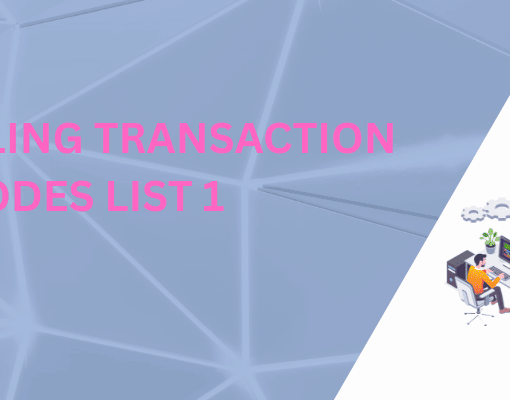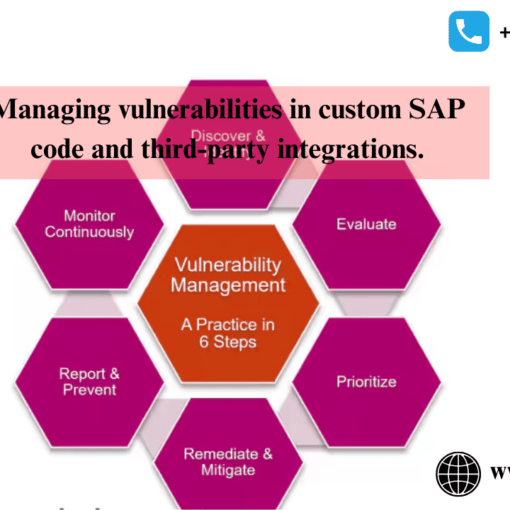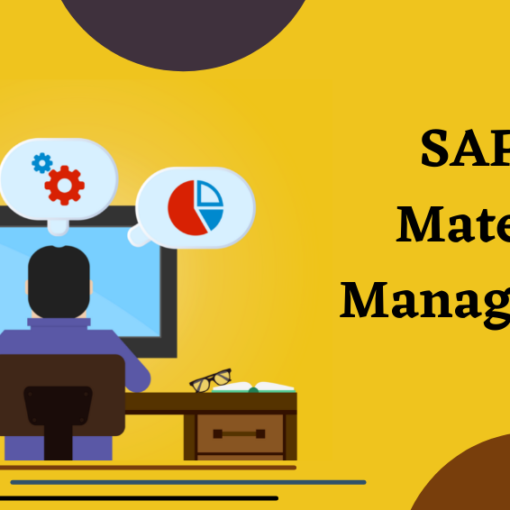SAP implementations, while promising significant business benefits, often come with their own set of hurdles. These challenges can range from organizational resistance to technical complexities, and if not addressed effectively, can derail the entire project. In this comprehensive guide, we will delve into the most common challenges SAP implementations and provide practical strategies to overcome them.
Understanding the Common Challenges in SAP Implementations

Before we dive into solutions, let’s identify the most prevalent challenges that organizations face during SAP implementations:
1. Organizational Change Management
- Resistance to change: Employees may be hesitant to adopt new processes and systems.
- Lack of user adoption: Employees may not fully utilize the system’s capabilities.
- Communication breakdown: Ineffective communication can lead to misunderstandings and delays.
2. Data Migration Issues
- Data quality problems: Inconsistent or inaccurate data can hinder the implementation process.
- Data mapping challenges: Identifying and mapping data between legacy systems and SAP can be complex.
- Data volume: Large volumes of data can slow down the migration process.
3. Project Scope Creep
- Unclear project objectives: Ambiguous goals can lead to scope expansion.
- Changing business requirements: Evolving business needs can impact the project timeline and budget.
- Lack of project management discipline: Poorly defined project plans can contribute to scope creep.
4. Resource Constraints
- Shortage of skilled resources: Lack of SAP expertise can delay the implementation.
- Budget limitations: Insufficient funding can impact project deliverables.
- Time constraints: Tight project deadlines can lead to rushed decisions and errors.
5. Technical Challenges
- System integration complexities: Integrating SAP with existing systems can be difficult.
- Customizations: Excessive customizations can increase project costs and complexity.
- Performance issues: System performance problems can impact user adoption and productivity.
Overcoming the Challenges in SAP Implementations
Now that we understand the common challenges, let’s explore effective strategies to overcome them:
1. Organizational Change Management
- Communicate effectively: Clearly articulate the benefits of the SAP implementation to all stakeholders.
- Involve employees: Engage employees in the change process to build ownership.
- Provide adequate training: Equip employees with the necessary skills to use the system effectively.
- Change management framework: Implement a structured change management approach.
2. Data Migration Issues
- Data quality assessment: Conduct a thorough data quality assessment to identify and address issues.
- Data cleansing: Cleanse and standardize data before migration.
- Data mapping tools: Utilize data mapping tools to automate the process.
- Data migration testing: Perform rigorous testing to ensure data accuracy and completeness.
3. Project Scope Creep
- Clear project definition: Develop a detailed project scope and obtain stakeholder approval.
- Change control process: Establish a formal process for managing changes to the project scope.
- Regular project reviews: Conduct regular project reviews to assess progress and identify potential issues.
- Risk management: Identify and mitigate project risks to prevent scope creep.
4. Resource Constraints
- Skill gap assessment: Identify skill gaps and develop a training plan.
- Outsourcing: Consider outsourcing certain tasks to supplement internal resources.
- Prioritization: Focus on critical project deliverables and prioritize tasks accordingly.
- Efficient resource utilization: Optimize resource allocation and utilization.
5. Technical Challenges
- System integration planning: Carefully plan system integrations and develop integration strategies.
- Customization guidelines: Establish clear guidelines for customizations to minimize complexity.
- Performance optimization: Monitor system performance and implement optimization measures.
- Testing and quality assurance: Conduct thorough testing to identify and resolve technical issues.
Conclusion
Overcoming challenges in SAP implementations requires a combination of careful planning, effective project management, and a strong focus on change management. By addressing these challenges proactively and implementing the strategies outlined in this guide, organizations can increase their chances of a successful SAP implementation.
Remember, while this guide provides valuable insights, every SAP project is unique. It’s essential to adapt these strategies to your specific circumstances and seek expert guidance when needed.
YOU MAY LIKE THIS
Exploring the Types of SAP Implementations
SAP Implementations Excellence: A Comprehensive Guide




